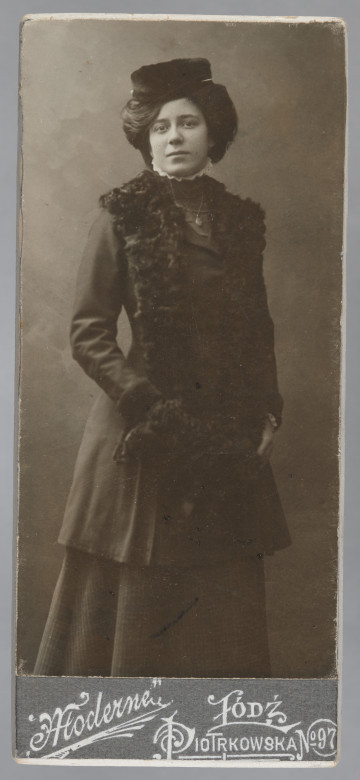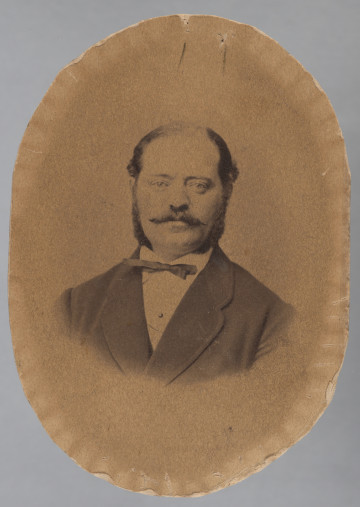
Bona Sforza
1556
National Museum in Lublin
Part of the collection: European painting
In 1518, the Italian princess Bona Sforza d'Aragona became the Queen of Poland. Her marriage to Sigismund I Jagiellon made her one of the most important figures in the history of Renaissance Europe. She was both a beautiful woman and a well-educated, intelligent, extremely ambitious and active person. Thanks to her skilful management of the property received from her husband, she quickly made a fortune. In 1530, she led to the coronation of her son, Sigismund II Augustus, while his father was still alive (vivente rege). In Lithuania, she carried out an extensive economic reform. The effectiveness of her actions and her extraordinary activity were not in line with the traditional image of a woman, mother and queen. This did not win her any supporters. The Queen was accused of bad intentions, and a black legend grew about her, in which she was presented as a schemer and poisoner. Even her son, Sigismund II Augustus, believed many of these rumours. Having quarrelled with her son, she left Poland in 1556, taking a large part of her private property with her. Returning to Italy, she lent the enormous sum of 430,000 ducats (the so-called Neapolitan sums) to the Viceroy of Naples, and thus to the Habsburgs. She died just over a year later, poisoned by a Habsburg agent, John Lawrence Pappacoda, whom she considered a trusted and devoted courtier.
The image from the museum's collection shows the queen in the convention of bourgeois portraits of the 17th century. It is far from the traditional 16th century iconography of queens. Bona Sforza is portrayed as an energetic person, with vivid facial expressions and great personal charm, despite her mature age. The black of the dress and the white, thin, linen collar covering the neckline refer to traditional costume, but the cut is characteristic for the mid-17th century. The idea of creating the portrait one hundred years after the Queen's death, in the style of a baroque portrait, is puzzling. It might have been connected to the accession to the throne of the kings from the Vasa dynasty, who descended from the Jagiellonian dynasty, and an attempt was made to emphasise and accentuate all their connections with the previously reigning family.
Magdalena Norkowska
Author / creator
Dimensions
cały obiekt: height: 51 cm, width: 60,5 cm
Object type
painting
Technique
oil technique
Material
canvas, oil-based paint
Creation time / dating
Creation / finding place
Owner
The National Museum in Lublin
Identification number
Location / status

1556
National Museum in Lublin

1910 — 1927
Museum of the history of Polish Jews

2. połowa XIX wieku
Museum of the history of Polish Jews
DISCOVER this TOPIC
Museum of King Jan III's Palace at Wilanów
DISCOVER this PATH
Educational path